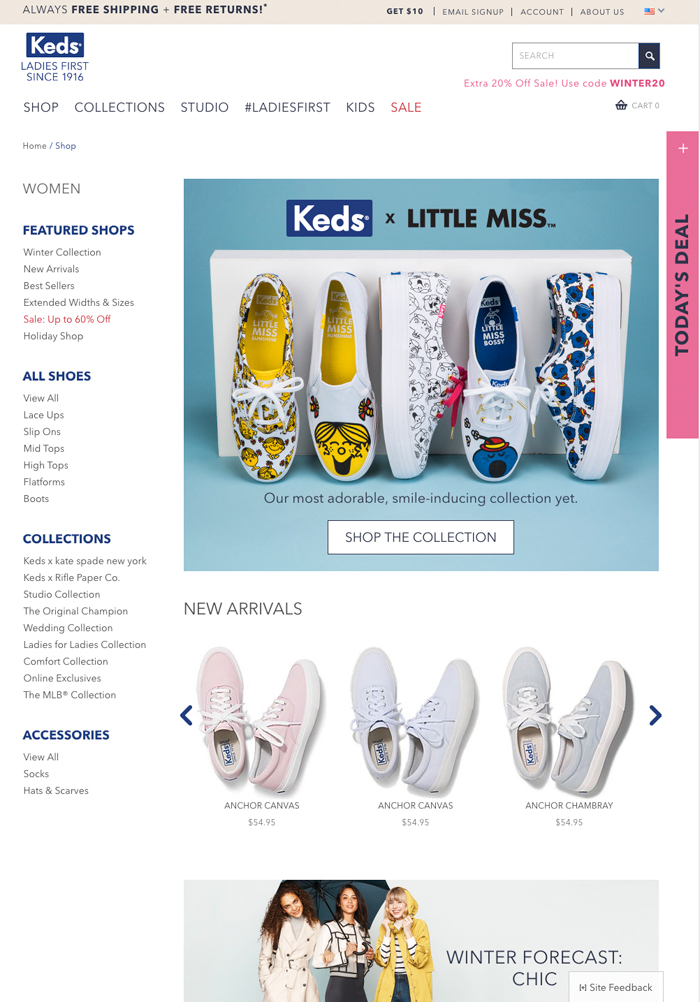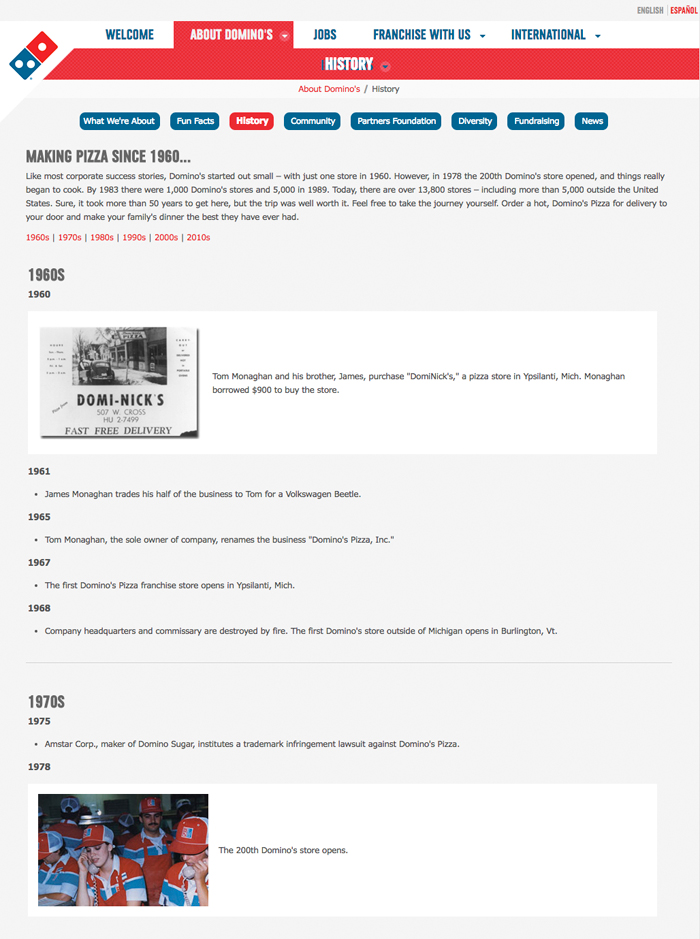5 Red Flags That It’s Time For A Brand Audit Health Check
A brand audit is the methodical examination of the current health of your brand. How strong is it? Is it communicating consistently? When a company takes measures to improve brand consistency, it typically results in an average revenue increase of 23% [1].
However, if your branding is inconsistent—or worse still, nonexistent—overall performance is poor so resulting in low profits.
Despite the proven correlation between good brand health and high revenue, though, branding is seldom the first factor executives look to when profits head south.
This is a misstep because branding–not marketing or design–is the bedrock foundation underpinning your whole business. In short, you need to ensure your brand strategy is on the money if you want your profits to increase.
If you’re experiencing any one of the symptoms listed below, poor brand health is more than likely the root cause of your problems. A brand audit can help make the diagnosis and identify how to remedy the ailment.
Brand Audit Red Flag #1: Slumping Sales
Founded in 1916, Keds has long been a footwear staple. Known for introducing the first rubber-soled shoe (which we know by its more common name, the sneaker) the brand enjoyed popularity throughout the 1990’s.

Keds first sneaker – Image via Vice
In the late 90’s, however, the brand began to fall out of fashion. Though neither the product nor the quality had changed, the audience had. Women who had spent the early 90’s watching Saved By The Bell’s Kelly Kapowski wear Keds had aged out of that demographic and ditched their Keds in favour of more modern, sophisticated footwear.

Image via Keds
In 2012, Keds corrected course by rethinking its brand strategy. The company rebranded as a champion of modern women, introducing a refreshed brand mission to “[celebrate] amazing women…who are blazing new trails every day.” The campaign was spearheaded by fresh-faced brand ambassador Taylor Swift. By 2016, Keds reported three years in a row of compound annual sales growth rates in the mid-teens [2].
If sales have taken a nosedive, your sales, marketing and product teams might not be entirely to blame. Don’t discount the possibility that your brand no longer resonates well with customers. A brand audit will uncover this disconnect and help you redirect your brand strategy to fix slumping sales.
Related: Brand Audits – How to Use One to Grow Your Profits
If you’re considering giving your brand a health check and you’d like professional brand strategy input or want your brand audit done for you with access to the whys, whats and hows, and all the other critical factors in the brand audit process then give us a call at +353 1 832 2724 (GMT 9:00-17:00) to discuss your brand audit health check requirements or drop us a line to [email protected]
A brand audit from Persona Design will give you insights into your brand’s impact and performance in the marketplace and, most importantly, why sales and profits are falling and where you can change course, innovate and develop to grow your business.
Alternatively book one of our transformational workshops, brand building intensives or masterclasses where you work on your brand with our direction and tutelage.
The Persona Brand Building Blueprint™ Mastermind empowers you to build your brand strategy, raise the visibility of your brand, increase sales, reduce customer acquisition costs and position your brand as the №1 choice for your customers.

Build your standout brand at the Persona Brand Building Blueprint™ Mastermind with Lorraine Carter
Brand Audit Red Flag #2: Stagnant Growth
In 2015, nutrition bar startup RXBar had been in business for two years. Grown from humble beginnings in its founders’ kitchen, the company had carved out a loyal fan base in the health food niche. Though sales were enough to keep the doors open, growth had flatlined. The brand struggled to land itself in major retailers like Trader Joes, which was a critical step in reaching the next level of sales and brand awareness.

Image via RXBar
Related: Boring Brand? How To Create a Unique Brand and Market Positioning
In response to the stagnant growth, RxBar’s founders took a step back and carefully audited the brand’s position in the marketplace. They discovered two key findings:
- That their product didn’t stand out enough among a sea of competitors, and
- That they were not projecting their brand personality (straightforward, healthy, no-frills) through all elements of the product’s branding and brand collateral.
Related: Brand Audits, Why You Need Them and How to Perform One

Image via RXBar – Old Packaging Before Repositioning

Image via RXBar
Guided by their newly mapped out brand strategy, RXBar completed a major refresh of their brand packaging and brand style to better communicate their core brand values. The product has since become the number three wellness bar sold among natural food retail stores the founders targeted, like Whole Foods and Trader Joe’s. In late 2017 the company was purchased by Kellogg for $600M [3].
If you’re experiencing a plateau or having trouble breaking through to the next level of growth, take stock of your brand health to identify problem areas together with opportunities for improvement and innovation so that you can grow.
Brand Audit Red Flag #3: Spike In Competition
When Domino’s Pizza first opened in 1960, having pizza delivered to your house was a novelty. Because of this, the chain was largely able to sustain itself without paying too much attention to its brand. Today, however, the marketplace has changed dramatically. Pizza delivery places are a dime a dozen—there’s a major amount of competition and the poor health of the Domino’s brand took a toll on its profits and brand position in the marketplace. Customers viewed it as a last resort rather than an option they’d seek out by choice.

Image via Dominos
By taking a careful audit of the marketplace and the existing brand, Domino’s identified two key areas in which to strengthen their brand: its positioning as a transportation company rather than just a pizza company, and its brand promise to deliver the very best pizza or your money back4. By mid-2017, following these changes, the company reported a 37% jump in profits [5].
When competition is increasing, it’s more important than ever to ensure the health of your brand is in peak condition so you’re different, memorable, loved and standing out from the rest of the pack.
If you’re interested in a do-it-yourself approach to auditing your brand, our Auditing Analysis Accelerator™ is the perfect fit. In this programme, we’ll walk you step-by-step through the process of auditing your brand to identify areas of weakness and map a path to improving your brand health and grow profits. Learn more about our Auditing Analysis Accelerator™ programme here!

Give your brand a health check here using our brand audit programme
Related: Brand Audits: 10 Things Successful Brand Owners and Managers Must Know
Brand Audit Red Flag #4: Change In Business Strategy
If you’ve used the internet, you’ve most likely visited About.com. The digital dinosaur launched as an online information resource way back in 1997. 20 years later, though, Google has cemented its spot as the de-facto resource for all things related to searching the internet, with most other search-style websites unable to compete.

Image via Dotdash
In 2017, the About.com brand announced a major change in its strategy, transitioning from a general-purpose information site to a series of highly niche, vertical content properties including technology, home design, wellness and more. The shift brought with it the need for a careful examination of the brand and the markets it serves–as should all major changes to a brand’s strategy.

Image via Dotdash
The company announced it was retiring the About.com brand entirely in favour of a new brand, DotDash, that aligns with the fresh business strategy and holds several sub-brands underneath it [6].
Even if you’re not completely revamping your company, any change to your strategy (new sales channels, new product line, etc.) indicates a brand audit is prudent because it reveals the areas where your existing brand no longer aligns with the new strategy and helps you map out a plan to correct it.
Related: 7 Ways A Brand Refresh Will Make You More Productive And Increase Sales
Brand Audit Red Flag #5: Change In Target Market
The Metropolitan Museum of Art has been a cultural icon for more than a century. In 2015, the institution began pursuing a new strategy to reach a broader, more diverse audience. Instead of undertaking a major marketing campaign or pledge drive to help reach the new, broader target market, the museum turned its attention to its brand strategy.

Image via The Met
Until 2016, The Met had used the same logo and visual brand identity for more than 40 years. A brand audit revealed that despite that brand mission to “connect people to creativity, knowledge, and ideas,” [7] many viewed the museum and its programmes as being inaccessible to the average person.
Driven by the new brand strategy to reach and educate as many people as possible, the museum rebranded and unveiled an updated logo and brand identity to visually symbolize the strategy in action [8]. The shift in visual identity coincides with other marketing and communications initiatives are driven by the brand strategy to achieve “greater clarity and consistency in all… materials and communications”, which is essential to a strong brand [9].

Image via The Met
A change in your brand’s target market is almost always a red flag that a brand audit is in order. Since you’re speaking to a new audience, it’s imperative to examine the differences in how the old versus new audiences understand and relate to your brand. Visual marks like your logo are one important aspect of this, but it’s important to understand that components like design or a logo must be driven by the brand strategy–not the reverse.
Related: Design Is NOT Branding: 10 Things Every Business Owner and Entrepreneur Should Know
The stronger the perceived value of your brand, the more you’re able to charge a premium for what you sell and the more customers you’ll attract. Brand health isn’t merely about recognition or perception; it’s directly tied to profits, growth and strategy. If you’re experiencing changes (either positive or negative) to any of these, it’s time for a brand audit.
When did you last evaluate the structural foundations of your business–that is, the bedrock brand strategy that drives all decisions in your business? If the answer is unclear, the Persona Brand Building Blueprint™ Mastermind is the perfect programme for you.
Join us in this live, two-day brand-building workshop, with like-minded peers, where you’ll work on your brand strategy with our direction and tutelage. You’ll discover how to think strategically about your brand message, positioning and strategy to ensure you’re viewed as the best choice in the marketplace amongst your ideal customers. You’ll also leave after two days with your brand strategy fully developed, ready for implementation to grow your business. Learn more about Brand Building Mastermind and reserve your place here.

Build your standout brand at the Persona Brand Building Blueprint™ Mastermind with Lorraine Carter
Questions To Consider:
- Have you recently seen a drop or plateau in sales? In what ways might your branding be to blame?
- Who are your major competitors? How strong are their brands, and how well do they resonate with customers?
- Have you recently made any changes to your business strategy? Opened up new sales channels? Introduced new products? Expanded to a new market?
- In what ways have your target market, brand strategy, and goals as a company changed since your last evaluation of your brand health using a brand audit?
Sources
- https://www.lucidpress.com/pages/resources/report/the-impact-of-brand-consistency?source=blog
- https://www.thestreet.com/story/13453790/1/keds-president-on-how-to-keep-a-100-year-old-brand-on-its-toes.html
- https://www.inc.com/magazine/201706/stephanie-schomer/rxbar-protein-bar-design-awards-2017.html
- https://hbr.org/2016/11/how-dominos-pizza-reinvented-itself
- http://www.businessinsider.com/dominos-pizza-earnings-q1-2017-4
- https://www.inc.com/jeremy-goldman/looking-to-future-aboutcom-rebrands-itself-as-dotdash.html
- https://www.metmuseum.org/about-the-met
- https://www.nytimes.com/2016/02/19/arts/the-met-and-a-new-logo.html
- https://www.metmuseum.org/blogs/digital-underground/2016/fresh-digital-face-for-the-met





Leave a Reply
Want to join the discussion?Feel free to contribute!